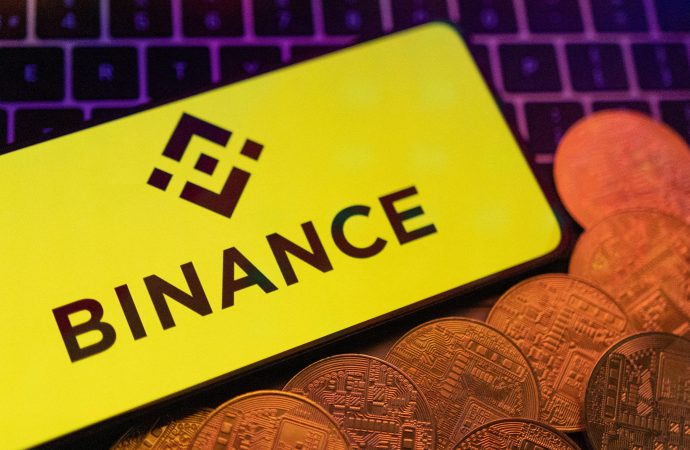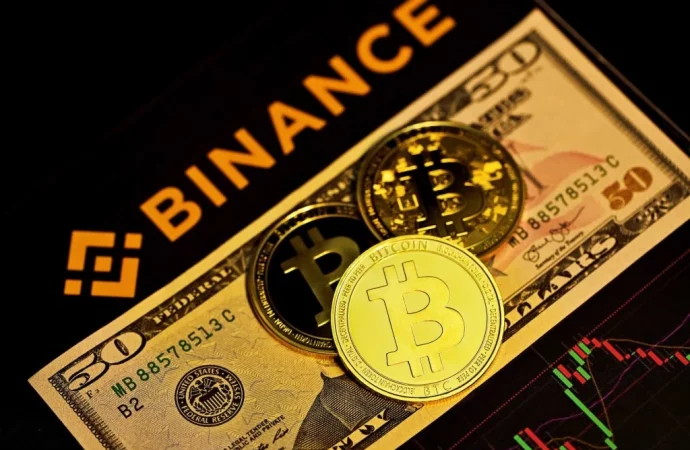Introduction In a significant move, Binance, a prominent cryptocurrency exchange, has yielded to trader demands by introducing a new policy that allows users to keep their assets off the platform. Dr. Sophia Nakamoto, a seasoned cryptocurrency analyst and blockchain expert, provides insights into the motivations behind this decision, its impact on traders, and the broader
Introduction
In a significant move, Binance, a prominent cryptocurrency exchange, has yielded to trader demands by introducing a new policy that allows users to keep their assets off the platform. Dr. Sophia Nakamoto, a seasoned cryptocurrency analyst and blockchain expert, provides insights into the motivations behind this decision, its impact on traders, and the broader trends shaping the cryptocurrency exchange landscape.
The Policy Shift: Allowing Assets Off the Platform
- Historical Approach: Binance has traditionally required users to keep their cryptocurrency assets within the exchange’s wallets for trading purposes.
- User Demands: Driven by user demands for increased flexibility and control over their assets, Binance adjusts its policy to allow users to maintain their assets in external wallets.
Dr. Sophia Nakamoto’s Analysis: Understanding the Dynamics
Dr. Nakamoto analyzes the motivations and potential consequences of Binance’s decision. She explores the factors that led to this policy shift and how it aligns with evolving user expectations and industry trends.
Comparative Table: Cryptocurrency Exchange Asset Policies
| Exchange | Historical Policy | New Policy | Motivations |
|---|---|---|---|
| Binance | Assets required to be kept on the platform for trading. | Users allowed to keep assets in external wallets. | Responding to user demands for increased control and flexibility. |
| Coinbase | Allows external wallet usage. | No major policy changes. | Established flexibility, but may adapt to changing industry norms. |
| Kraken | Assets held on the platform; users can withdraw to external wallets. | Maintains a balance between on-platform trading and external storage. | Balancing user preferences with platform security and functionality. |
Implications for Traders: Balancing Convenience and Security

This image is taken from google.com
- Increased Flexibility: Traders now have the option to store their assets in wallets of their choice, providing increased control over security and accessibility.
- Security Considerations: Dr. Nakamoto addresses the importance of educating users on the security implications of external wallet usage and the responsibility that comes with managing private keys.
Market Position and Competitor Response
- Binance’s Competitive Edge: The move enhances Binance’s appeal to users seeking greater control over their assets, potentially strengthening its market position.
- Industry Response: Dr. Nakamoto discusses how other cryptocurrency exchanges may respond to this shift, considering potential adjustments to their own asset policies.
User Education and Industry Trends
- Educating Users: The importance of platforms educating users on the benefits and risks associated with storing assets externally.
- Industry Trends: Dr. Nakamoto explores how this move by Binance reflects broader trends in the cryptocurrency industry, such as the increasing emphasis on user empowerment and decentralized finance (DeFi) principles.
The Future Landscape: User-Centric Policies and Market Dynamics
Dr. Sophia Nakamoto concludes by examining the potential impact of Binance’s policy shift on the broader cryptocurrency exchange landscape. She speculates on how user-centric policies may become a defining factor in the competition among exchanges and shape the future dynamics of the market.
Conclusion: Adapting to User Needs in a Dynamic Industry
In conclusion, Binance’s decision to allow users to keep their assets elsewhere reflects a responsiveness to evolving user demands in the cryptocurrency space. Dr. Sophia Nakamoto’s insights provide a nuanced understanding of the motivations behind this shift and its potential ramifications for traders and the cryptocurrency exchange industry at large.






















